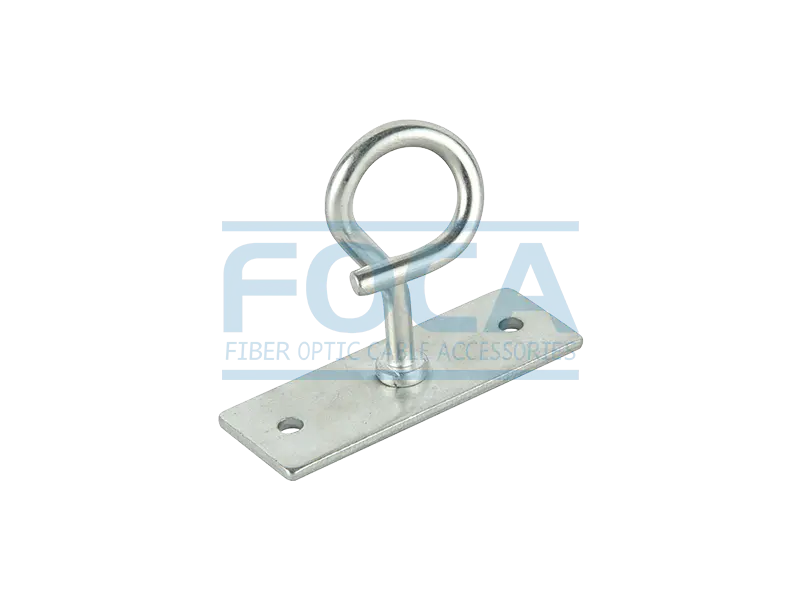You probably know fiber optic cables are important for applications like the Internet, phone systems, and cable TV, but have you ever wondered how it actually works, or why it's so great for transferring data? You might be curious, so read on to find out exactly what fiber optic cables are made of, and what it's capable of.
Fiber optic cables are based on optical fibers, which are long, flexible strands of ultrapure glass. Optical fibers are formed when a preform (a portion of a special glass) is heated between 3,000° and 4,000° and then pulled out at speeds of up to 66 feet per second. As the fiber is pulled, the laser micrometer constantly monitors it, ensuring its diameter is completely uniform from start to finish.
In order for fibers to transmit data over long distances, they need to have high reflectivity. While being spooled, the freshly drawn glass fiber passes through a coating cup and UV oven, which respectively apply and cure a thin plastic buffer coating that creates a mirror-like effect within the fiber.
The finished fiber is then subjected to extensive testing in various categories, including tensile strength, refractive index profile, fiber geometry, attenuation, bandwidth, dispersion, operating temperature, temperature dependence of attenuation, and ability to conduct light underwater. After testing proves that the newly manufactured fiber meets all standards, it is sold for fiber optic cabling.
Depending on what type of application it will be used for and how much data needs to be transported, fiber optic cables can be built around single strands of fiber or larger groups of fibers. To assemble a complete fiber optic cable, a fiber optic bundle or bundle is placed at the core and surrounded by a loose tube of PVC, allowing the fibers to bend spatially when routed around corners and through the conduit. The loose PVC is then covered with a layer of shock-absorbing arming yarn - usually made of Kevlar. On top of that, the cable receives a final PVC outer jacket coating, which helps seal out moisture.
In order for the finished cable to carry data signals, it needs to be connected to two other major components of the fiber optic system. The first of these is an optical transmitter, a device that converts electrical and analog signals into switched or linearly modulated optical signals, and then releases that data into a fiber-optic cable. The cable then relays the data from the optical transmitter to the optical receiver, which accepts the optical signal and reformats the data to its original form.
Fiber optic cabling has advantages over standard copper coaxial cables,We also manufacture related Fiber Optic Cable Accessories,it will definitely meet your needs.











